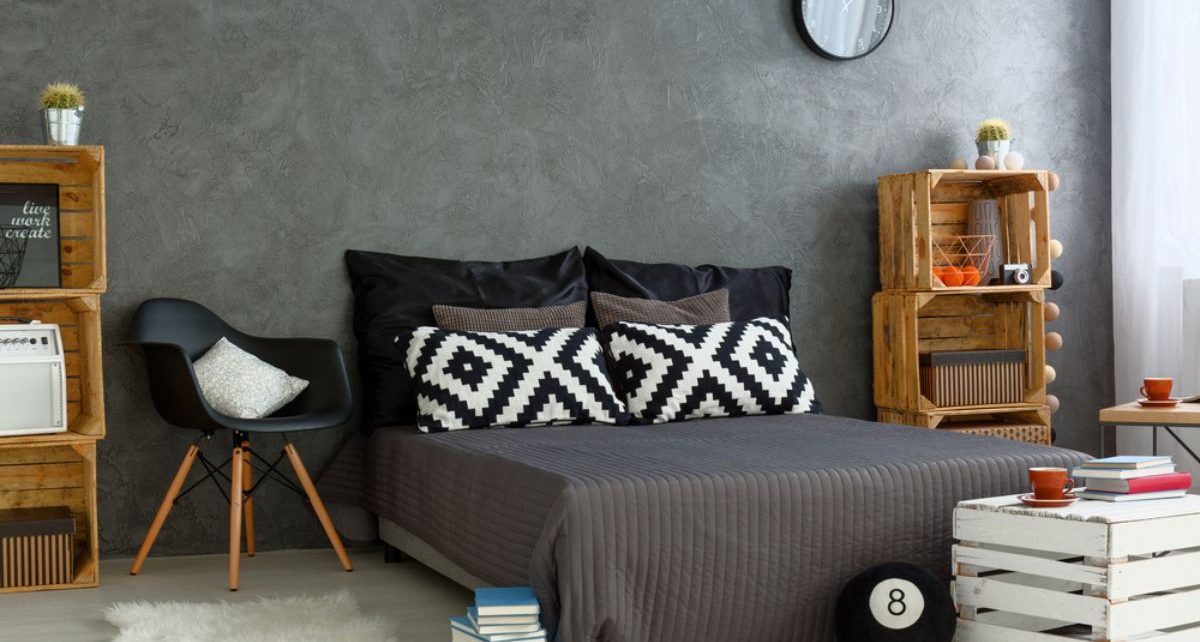You’ve tidied up. You’ve painted the walls. You’ve even bought lighter curtains.
But your bedroom still feels cramped.
Here’s a secret nobody tells you: your bed might be making the whole room look smaller.
And it’s not just about size.
The shape, height, base, and style of your bed frame all affect how your bedroom feels. Get it right, and your room will feel calm, open, and spacious. Get it wrong, and you’ll be bumping into corners for the next five years.
Let’s look at what’s really taking up your space—and how to fix it.
1. Bulky Frames Shrink the Room Visually
A bed with chunky legs, a thick frame, and a high footboard will dominate even a medium-sized bedroom.
If your frame is made from dark wood or metal, it pulls the eye in and makes everything around it feel tighter.
Fix it:
- Choose a bed with slimmer legs
- Go for a frame in a lighter colour (white, oak, or pale grey work well)
- Avoid beds with thick footboards altogether
2. Divan Bases Can Help the Room Feel More Open
Think divan beds are old-fashioned? They’ve had a makeover.
Modern divan beds are neat, low-profile, and often come with built-in drawers—ideal if you need storage but don’t want clutter.
Because they sit low and don’t have big legs or footboards, they open up more visual space.
Tip: Pick a divan with a matching headboard in a soft fabric like linen or velvet. It adds style without adding bulk.
3. Raised Beds Create the Illusion of Floor Space
If you’re dealing with a small or narrow room, one trick is to let the floor show.
Beds that are raised on slim legs allow more light and space to flow under the frame. It gives your brain the illusion that the room is bigger—even if it’s not.
This works especially well with wooden floors or large rugs.
Avoid: Boxy, solid bases that sit flat to the ground. They stop the eye from moving freely around the room.
4. Mirrors and Beds Go Hand in Hand
No, not the ceiling kind.
A large mirror placed opposite or beside your bed will reflect light and space. If your bed is the centrepiece, it helps balance the room visually.
Pairing a mirror with a slim, stylish frame bed can make even a tight room feel twice the size.
Try this:
Mount a tall mirror behind a bedside table, with a small lamp in front of it. It creates depth without eating into floor space.
5. Keep It Low for Rooms with Low Ceilings
If you’re working with a cottage-style bedroom or an attic room, avoid high headboards. They cut the wall short and make the ceiling feel lower.
Go for a low-slung bed frame with a soft or curved headboard. It gives the illusion of more vertical space and helps the room breathe.
Bonus: Lower beds make ceilings feel higher. It’s a subtle trick, but it works.
6. Choose Light Bedding and Simple Colours
Even the most compact room can feel lighter with the right bedding.
Stick to pale colours, simple textures, and avoid big patterns that crowd the eye. If you want to add warmth, use cushions and throws—but keep the base layers light.
And skip the thick bedspread that trails on the floor. It hides the legs and makes the bed look heavier than it is.
7. Rethink the Position
In smaller bedrooms, we often shove the bed against a wall to free up floor space.
But that can make the room feel tight and unbalanced.
Try centring the bed under the window, or placing it parallel to the door if the room allows. Symmetry makes a space feel more open—even if it takes up the same amount of room.
If you’ve got interior shutters on the windows, they help frame the bed beautifully without the need for heavy curtains.
The Bottom Line
If your bedroom feels cramped, start with the bed.
You don’t need to knock down walls or rip up floors.
A lighter frame, a smarter shape, and a bit of repositioning might be all it takes to make your bedroom feel bigger, calmer, and better to be in.
And isn’t that the point?





